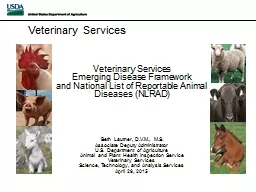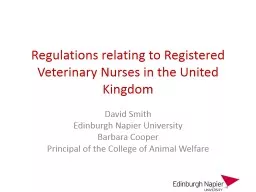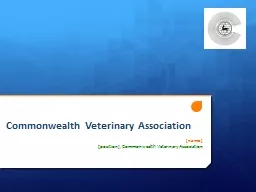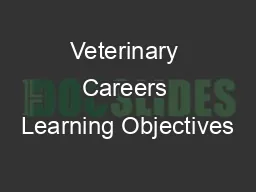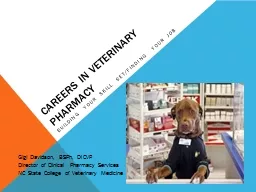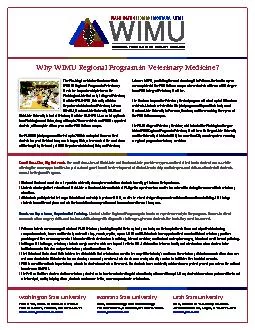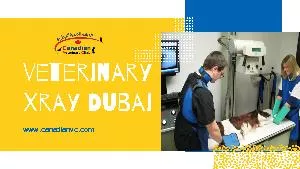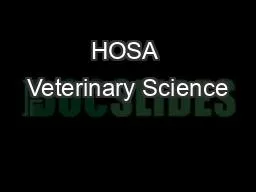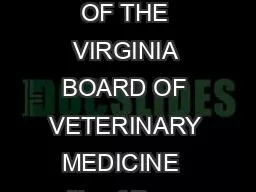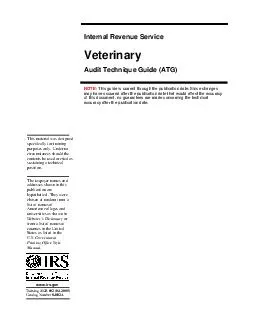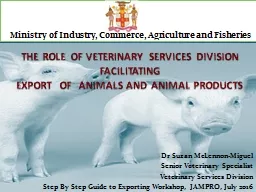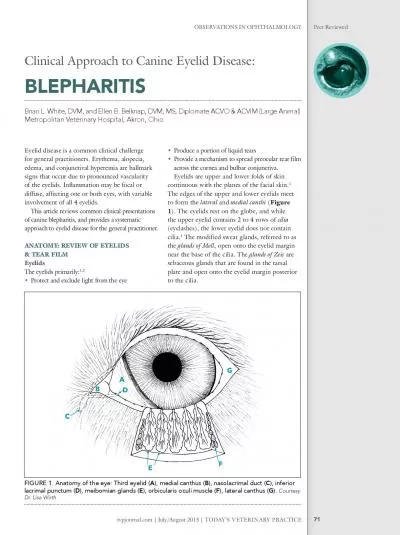PPT-Veterinary Services Emerging Disease Framework
Author : yoshiko-marsland | Published Date : 2018-11-07
and National List of Reportable Animal Diseases NLRAD Beth Lautner DVM MS Associate Deputy Administrator US Department of Agriculture Animal and Plant Health Inspection
Presentation Embed Code
Download Presentation
Download Presentation The PPT/PDF document "Veterinary Services Emerging Disease Fra..." is the property of its rightful owner. Permission is granted to download and print the materials on this website for personal, non-commercial use only, and to display it on your personal computer provided you do not modify the materials and that you retain all copyright notices contained in the materials. By downloading content from our website, you accept the terms of this agreement.
Veterinary Services Emerging Disease Framework: Transcript
Download Rules Of Document
"Veterinary Services Emerging Disease Framework"The content belongs to its owner. You may download and print it for personal use, without modification, and keep all copyright notices. By downloading, you agree to these terms.
Related Documents

